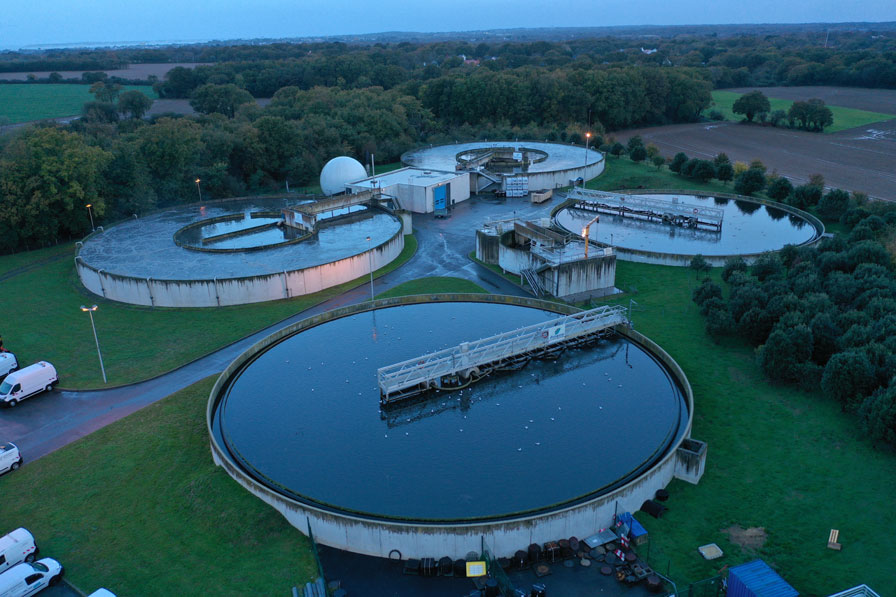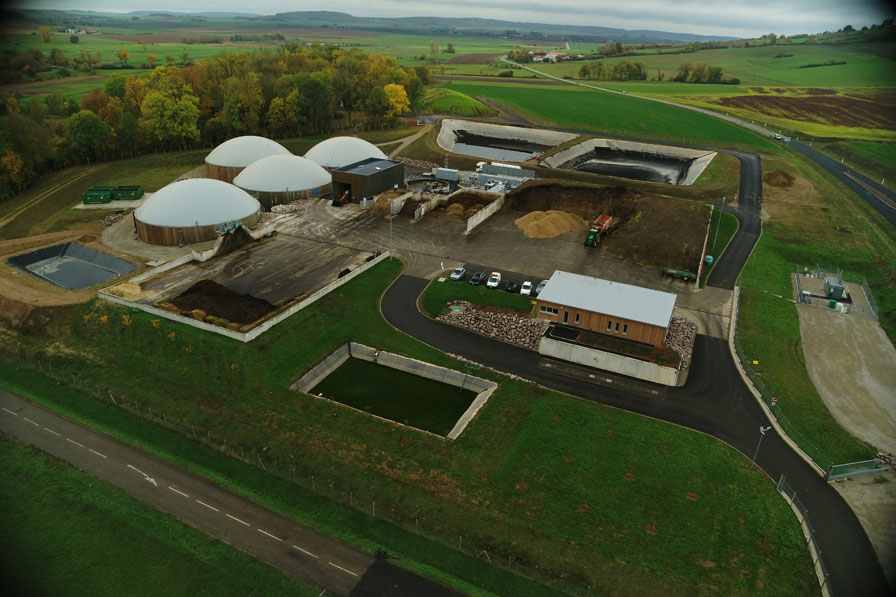We are creating non-relocatable jobs

With the growth of the biogas sector, there is a growing need for labour and new skills. The development forecasts for the next 10 years should enable us to create thousands of jobs throughout France, as close as possible to the production sites. How many? Which ones?
France has many renewable energy resources. They offer numerous opportunities for developing biomethane production sites. Different people are needed to develop these new installations, for example, engineers are needed to carry out feasibility studies and write technical reports, specialists are required to create financial and administrative packages, and workers are also needed to build the sites, technicians are needed to maintain them and operators are required to operate them.
Ten years of uninterrupted growth
La filière biométhane a permis de créer de nombreux emplois directs et indirects, dans les territoires. Les directs désignent ceux liés à la production elle-même et les indirects concernent les entreprises et sous-traitants qui fournissent des prestations de services au secteur. On s’accorde sur une moyenne de 3 à 4 emplois directs par installation, notamment liés à l’exploitation et à la maintenance.
En 2009, nous recensions 870 personnes1 travaillant dans le biogaz. En 2019, environ 4 000 emplois étaient identifiés2. Ils se répartissent au sein de 500 entreprises, dont 35 équipementiers (fabricants de matériels notamment), et dans plus de 860 unités de production de biogaz, dont 123 qui le valorisent en biométhane.
What is a non-relocatable job?
Il s’agit d’un travail dont la continuité est assurée sur un territoire géographique donné. Le risque que cet emploi soit déplacé (délocalisé) est donc écarté. Les principales activités qui génèrent des emplois non délocalisables se situent actuellement dans le domaine de l’environnement.
Thousands of jobs have yet to be created
Avec le développement des deux modes de valorisation du biogaz : l’injection de biométhane dans le réseau de gaz naturel et la cogénération, les besoins en terme d’emplois seront de plus en plus nombreux. Une étude3 impliquant l’ensemble des acteurs de la filière fait état de trois scénarios quant au nombre d’emplois directs et indirects non délocalisables prévus à l’horizon 2030. Selon le nombre d’installations qui pourraient être opérationnelles à cette date (1 000, 2 000 ou 3 000 unités correspondant à des capacités de production différentes de 18 TWh, 38 TWh et 50 TWh), le nombre d’emplois serait multiplié par 4, 8 ou 13 par rapport à 2019 ! La filière donnerait ainsi du travail à plus ou moins 15 000, 30 000 ou 50 000 personnes, dont 60% en emplois directs et 40% en emplois indirects.
A demand for diverse skills
From a CPC (Certificate of Professional Competence) to a Master’s level education, there are a wide variety of jobs covering the needs of the sector. They include roles related the implementation and operation of a anaerobic digestion unit, for example, consulting and engineering, civil engineering and roads and utilities, equipment and installation, production and transport of intermediate energy crops, operation, equipment maintenance, etc.
Training courses have also been created in recent years. They are suitable for both project developers and operators. Whether initial or further training, these courses primarily aim to provide a better understanding of the main issues related to anaerobic digestion. Topics covered include, biological mechanisms, operation of equipment, quality criteria for production or even, risk management associated with health and safety and heat. Among the most recent training courses listed, a “Biogas maintenance technician” course is offered by the Industrial Resources Institute. Another course for farmers, organised by the Ministry of Agriculture and Food, allows them to obtain a university degree in the “Implementation of a biogas plant” in one year.
1 Source: Statista 2017
2 Sources: Transitions 2019 and GR 2019 Panorama
3 Source: ransition Study, July 2019

